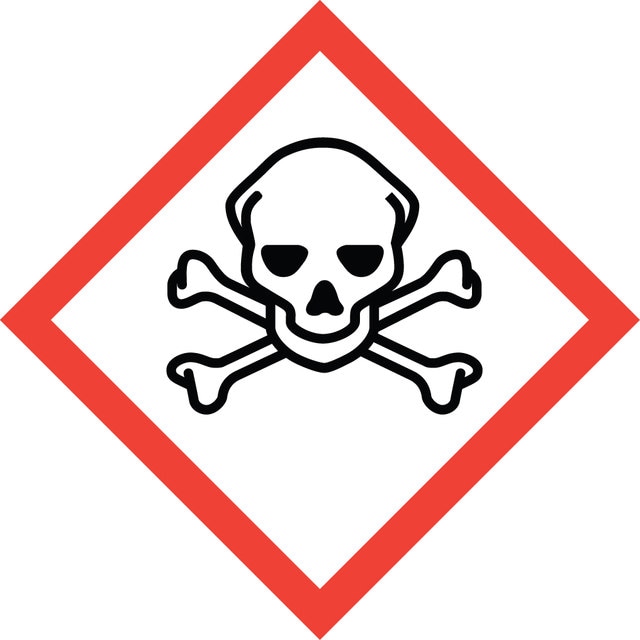蒸汽密度
>1 (vs air)
质量水平
蒸汽压
<0.1 mmHg ( 20 °C)
方案
96%
表单
solid
包含
200-650 ppm monomethyl ether hydroquinone as inhibitor
折射率
n20/D 1.45 (lit.)
沸点
90-92 °C/12 mmHg (lit.)
密度
1.011 g/mL at 25 °C (lit.)
储存温度
2-8°C
SMILES字符串
OCCOC(=O)C=C
InChI
1S/C5H8O3/c1-2-5(7)8-4-3-6/h2,6H,1,3-4H2
InChI key
OMIGHNLMNHATMP-UHFFFAOYSA-N
正在寻找类似产品? 访问 产品对比指南
一般描述
应用
警示用语:
Danger
危险分类
Acute Tox. 3 Dermal - Acute Tox. 4 Oral - Aquatic Acute 1 - Aquatic Chronic 3 - Eye Dam. 1 - Skin Corr. 1B - Skin Sens. 1
储存分类代码
6.1A - Combustible acute toxic Cat. 1 and 2 / very toxic hazardous materials
WGK
WGK 3
闪点(°F)
213.8 °F - closed cup
闪点(°C)
101 °C - closed cup
个人防护装备
Faceshields, Gloves, Goggles, type ABEK (EN14387) respirator filter
商品
Monomers for ophthalmic use aim for purity, reliability, and comfort, driving innovation for affordable contact lenses.
Discover hydrogels, biocompatible materials for drug delivery, tissue engineering, wound care, and 3D bioprinting in innovative biomedical applications
我们的科学家团队拥有各种研究领域经验,包括生命科学、材料科学、化学合成、色谱、分析及许多其他领域.
联系客户支持

